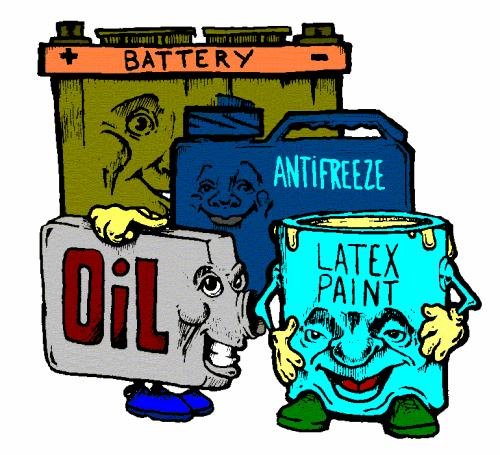There are more or less hazardous wastes around us, such as used batteries and waste pesticide bottles. They contain many harmful substances. If discarded, they will have a very serious impact on our living environment.
But we can control it only if we handle it properly. There will be a lot of hazardous waste not only in life but also in the industry. To better protect our environment.
1.A form of disposal in which the hazardous constituents of the waste are fixed in the product for detoxification purposes
The form of disposal fixed in the product is easily confused with waste use, and the key point is that the purpose of waste behavior is disposal if it is aimed at detoxification, elimination of hazards, and not for the production of products; If the purpose is to use waste as a direct raw material or substitute raw material, the lack of such raw material cannot form a product, it is used.
For example, the hexavalent chromium residue is added to the glass raw material like a glass coloring agent, the chromium is fixed in the vitreous at high temperature, and a small amount of industrial hazardous waste is incorporated into the cement kiln raw material to detoxify, asbestos dust or fiber waste is fixed in the ceramic. In the product, this is the disposal; and the vanadium-iron alloy is produced by using vanadium slag. The vanadium in the waste residue is an essential source of vanadium in the vanadium-iron alloy, or the only source is the use.
2.Chemical transformation and disposal of waste
Many wastes become hazardous because they contain toxic and hazardous chemicals, but chemical composition can change under certain conditions. Through this change, the environmental or health hazards of waste can be reduced or eliminated.
For example, the incineration of organic waste is essentially the discharge of toxic and harmful chemicals into non-toxic and harmless gases at high temperatures, and is, therefore, a disposal method for the ultimate elimination of hazards; This form of disposal that converts chemical constituents through incineration is sometimes easily confused with use, and the key is also to look at the purpose. Although burning organic waste can produce usable energy, the main purpose is also to detoxify and eliminate hazards rather than to recover heat energy. Therefore, it is generally regarded as hazardous waste disposal.
For example, neutralization and treatment of waste acid and soda is actually a form of disposal for the purpose of removing hazards through chemical transformation.
3. Biological forms of waste disposal
The biological disposal form of waste is relatively common. For example, the disposal of liquid or sludge waste in the soil is to use the various microorganisms in the soil to biodegrade the waste to eliminate the hazard; the soil disposal method is limited by the soil capacity. High concentration, large quantity, and long application time are likely to cause soil pollution; this form is different from the form in which waste is applied to the soil as agricultural fertilizer. The former is disposed of and the latter is used.
For example, high concentrations of organic waste are added to activated sludge treatment facilities for treatment.
4.Final landfill disposal of waste
A safe landfill is a disposal facility where hazardous waste is placed or stored in the soil for the purpose of burying or changing the characteristics of hazardous waste or to contain and isolate the hazardous waste, Minimize immediate and long-term threats to human health and the environment and apply to landfills for the disposal of hazardous wastes that do not recycle their useful components and do not recycle their energy.
The page contains the contents of the machine translation.

